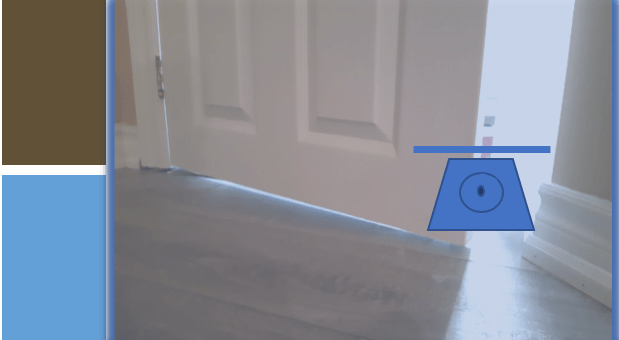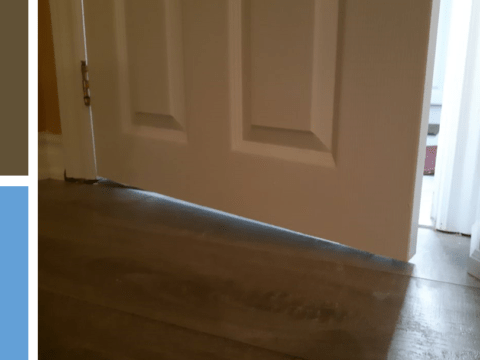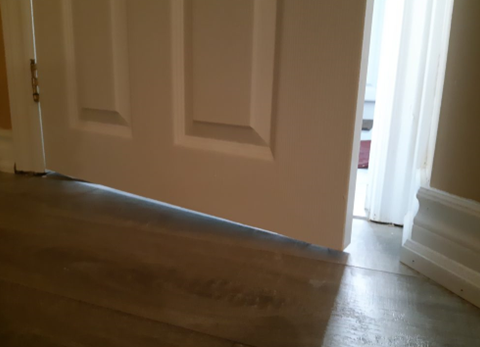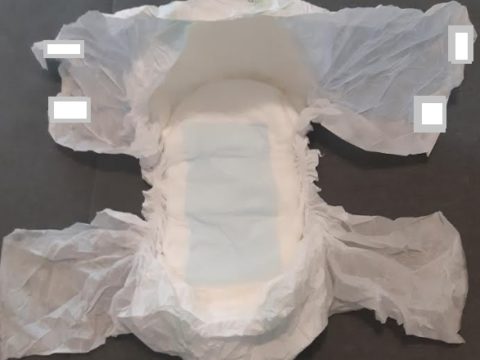
Stroke can rob bladder control resulting in urine leak (incontinence). Evidence-based methods exist to regain bladder control. But, still, the problem can persist.
How useful is measuring the amount of urine leaked?
First, it guides you to decide which absorbent products to buy. (You can find a simple buying guide in another post). This metric is critical because the absorption capacity varies with the product type. Second, you can use this information to develop a monitoring chart to evaluate the success of the different methods you adopt to deal with the leak. Third, those who face a stroke are more likely to have impaired judgment and communication ability.
This post promotes weighing whatever product you are using; it could be a pair of shorts, pants, any other cloth, or an absorbent product. Both long-term care settings and home-based stroke carers can use it.
Weighing method to measure the urine leak
Based on the published literature, we can suggest the following steps to implement the weighing method.
- Find a digital weighing scale
- Secure either the cloth or the absorbent product into a clean plastic bag before use, weigh, and record it in a chart with the date and time (You can find a simple draft template below)
- Let the person wear it until either they or you decide to change into a fresh one
- Secure safely into the same plastic bag and weigh again
- Record the date, time, and the new weight
- Calculate the difference in grams
- One gram equals 1ml; accordingly, if the difference is 100g, it equals 100ml.
Measure the urine leakage day and night separately
Why should we estimate the amount of urine leaked day and night separately? This is because our urine production follows a circadian rhythm. In other words, our body produces less urine during nighttime than during daytime. However, evidence exists that older adults urinate during the nighttime than young adults. This pattern becomes more complicated among those living with a stroke because they are more likely to have an overactive bladder. Nocturia, the urgency to pee more than once at night, is a common problem with an overactive bladder according to the research available.
Maintain a bladder diary
Maintaining a bladder diary is useful in the first few months because it helps assess the effectiveness of your efforts. Following is a draft template you can adapt and modify creatively to suit your needs.
| Date/day | Time | drinks (in ml) and time | weight of the cloth/product used |
| (e.g.) 8 am – 8pm (12 hours) | (e.g.) 100ml at 8 pm and after | difference between after and before | |
| (e.g.) 8 am – 8 pm (12 hours) |
Additional resources:
Further reading
- How to regain bladder control after a stroke
- What are stroke-associated bladder problems?
- How a stroke causes bladder problems
- A buying guide for absorbent products
- Body-worn urine absorbent products





